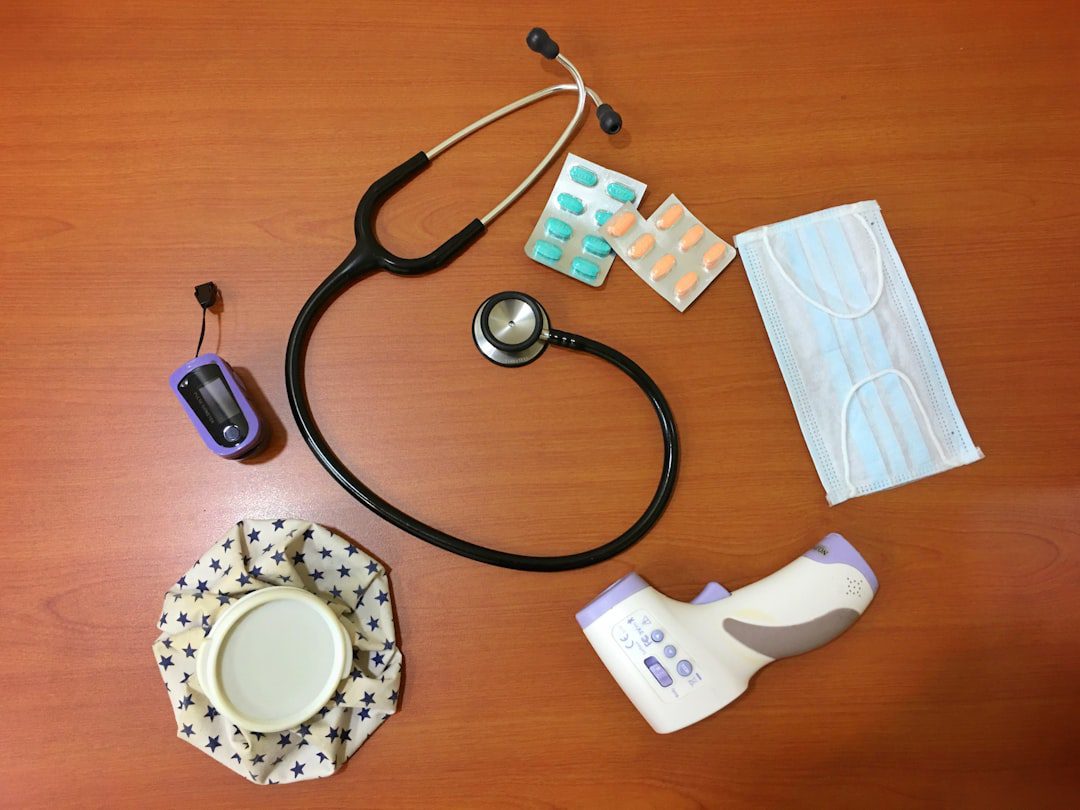
FDA Launches Early Alert for Abiomed Blood Pump Controller Issue
The FDA has issued an early alert regarding a blood pump controller issue from Abiomed, marking a significant development in the agency’s evolving approach to medical device safety communications. This alert is part of the FDA’s Communications Pilot to Enhance the Medical Device Recall Program, representing a proactive shift toward faster, more transparent safety notifications.
Understanding the Early Alert System
The FDA’s early alert system represents a departure from traditional recall communications, which often come after extensive investigation and documentation. This pilot program aims to provide real-time safety information to healthcare providers and manufacturers, potentially preventing patient harm through faster dissemination of critical safety data.
Key characteristics of the early alert system include:
- Rapid notification of potential safety issues
- Preliminary safety information sharing
- Enhanced transparency during recall investigations
- Proactive communication to stakeholders
What This Means for Medical Device Manufacturers
The implementation of this early alert system signals several important changes manufacturers must prepare for:
Accelerated Response Timelines
With the FDA moving toward real-time safety communications, manufacturers must be prepared to respond more quickly to safety issues. Traditional investigation timelines may be compressed, requiring more agile quality management systems and faster decision-making processes.
Enhanced Post-Market Surveillance Requirements
The early alert system emphasizes the critical importance of robust post-market surveillance programs. Manufacturers need comprehensive systems to detect, analyze, and report safety issues as they emerge, rather than waiting for formal recall determinations.
Regulatory Compliance Implications
This pilot program aligns with broader FDA initiatives to modernize medical device oversight, including:
- 21 CFR 806 MDR Requirements: Enhanced medical device reporting expectations
- ISO 13485 Quality Management: Strengthened post-market surveillance processes
- ISO 14971 Risk Management: More dynamic risk assessment and mitigation strategies
Actionable Steps for Manufacturers
To prepare for this new regulatory environment, medical device manufacturers should:
1. Strengthen Post-Market Surveillance Systems
Implement robust monitoring systems that can detect safety signals early. This includes enhanced complaint handling, trend analysis, and proactive customer communication channels.
2. Develop Rapid Response Protocols
Create streamlined internal processes for investigating and responding to safety issues. Establish clear escalation pathways and decision-making frameworks that can operate under compressed timelines.
3. Enhance Communication Strategies
Prepare communication templates and protocols for various stakeholders, including healthcare providers, customers, and regulatory authorities. Ensure your team can deliver clear, accurate safety information quickly.
4. Review Risk Management Processes
Update risk management files to reflect the dynamic nature of post-market risk assessment. Consider how real-time safety data might impact your risk-benefit analysis and mitigation strategies.
Looking Forward: Industry Impact
The FDA’s Communications Pilot represents a significant evolution in medical device safety oversight. Manufacturers should expect this early alert system to become a permanent fixture in the regulatory landscape, requiring sustained investment in surveillance and response capabilities.
Success in this new environment will depend on manufacturers’ ability to balance speed with accuracy, ensuring patient safety while maintaining product availability. Those who adapt quickly to these enhanced communication requirements will be better positioned to maintain market access and customer confidence.
Conclusion
The Abiomed blood pump controller early alert serves as both a specific safety notification and a broader signal of regulatory evolution. Medical device manufacturers must prepare for a future where safety communications happen faster, with greater transparency, and with higher expectations for manufacturer responsiveness. Investing in robust post-market surveillance and rapid response capabilities is no longer optional—it’s essential for regulatory compliance and business continuity.


No comments yet. Be the first to comment!